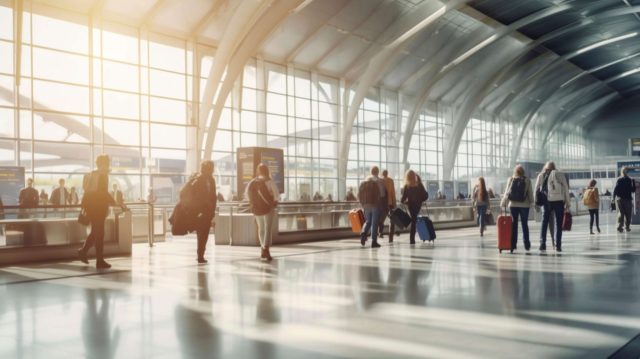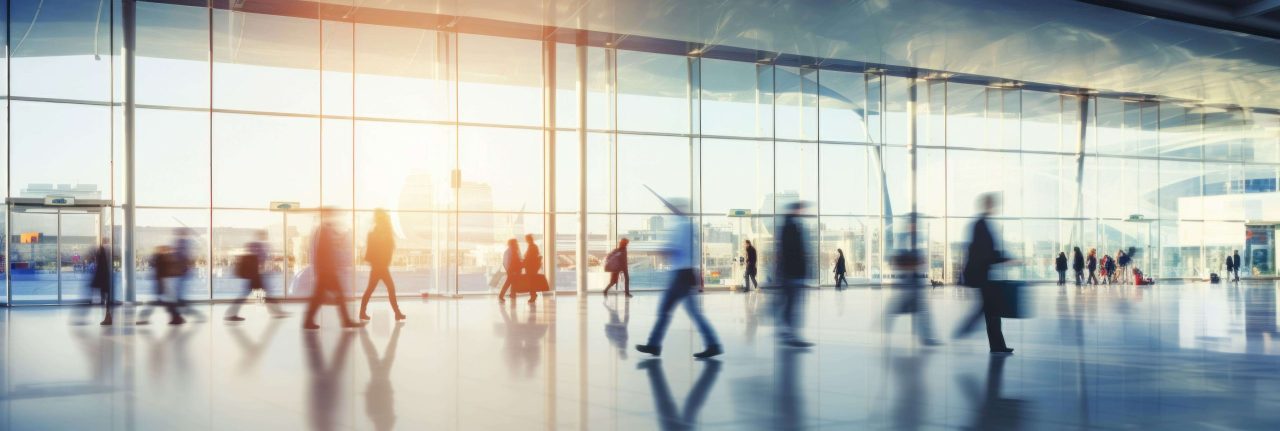Airports around the world serve as critical hubs for transportation, connecting millions of passengers to their destinations daily. Ensuring the safety and security of these travelers is of utmost importance. However, the very measures put in place to protect passengers and prevent potential threats can sometimes clash with the need to maintain a smooth and efficient flow of travelers.
Airport safety: The evolving threat landscape
Airport security has evolved significantly since the tragic events of September 11, 2001. The threat landscape has become more complex, with security agencies worldwide constantly adapting to new risks. Terrorist organizations and criminals are constantly seeking innovative ways to exploit vulnerabilities in airport security, necessitating the continuous development of new security measures.
Challenges in balancing passenger flow and security
Security screening processes :
The primary challenge airports face is the need to perform thorough security checks without causing unnecessary delays. Security screening processes, including body scans, baggage checks, and document verification, are vital for passenger safety. However, long lines and delays at security checkpoints can frustrate travelers and disrupt airport operations.
Passenger privacy :
The use of advanced security technologies, such as body scanners, can raise concerns about passenger privacy. Striking the right balance between thorough security checks and respecting individual privacy is a constant challenge.
Resource allocation :
Airport authorities must allocate limited resources efficiently. This involves striking a balance between the number of security personnel and the passenger volume. Overstaffing can lead to unnecessary costs, while understaffing can compromise security.

New technology implementation :
Adopting cutting-edge security technologies, like facial recognition and biometric systems, can enhance security and streamline passenger flow. However, the integration of new systems can be complex and costly, requiring careful planning and execution.
Ensuring cultural sensitivity :
Different passengers come from diverse backgrounds and cultures, which can lead to challenges in maintaining sensitivity and respect while implementing security measures. Striking a balance between cultural awareness and security can be difficult.
International travel challenges :
International airports must contend with varying security standards and procedures, often leading to inconsistent experiences for travelers. Aligning security protocols across borders is an ongoing challenge.
Solutions and strategies
Pre-screening programs :
Programs like TSA PreCheck and Global Entry allow trusted travelers to undergo expedited security screening. These initiatives help ease the burden on standard security lines, reducing wait times for everyone.
Enhanced training :
Properly trained security personnel can speed up the screening process while maintaining security standards. Ongoing training in customer service and cultural awareness is crucial.

Advanced technology :
Investment in cutting-edge security technologies can help airports improve security and passenger flow. Examples include automated passport control kiosks and biometric authentication.
Effective communication :
Open and clear communication with passengers about security procedures and expected wait times can help manage expectations and minimize frustration.
Collaboration:
Airports, airlines, and government agencies should collaborate to streamline security processes and maintain consistency, especially in international travel.
Automatic people counting solution :
Automatic passenger counting and airport security measures are two crucial aspects of modern airport operations. Here is an overview of these two areas:
Automatic passenger counting :
Automatic passenger counting systems are technologies used to track and count the number of passengers entering and exiting an airport. They contribute to improving operational efficiency and air traffic management.
Methods of automatic counting include the use of cameras, motion sensors, pressure sensors in aircraft seats, and even data from electronic boarding passes. These systems provide real-time information on the number of passengers present in the airport, which helps in better resource allocation and enhancing the traveler experience.
Airport security measures :
Airports are potential targets for acts of terrorism and other security threats. Therefore, they implement various security measures to protect passengers, staff, and facilities.
Airport security measures include security screening, video surveillance, employee background checks, access management, explosive detection, perimeter security, and more.
For more information click here
